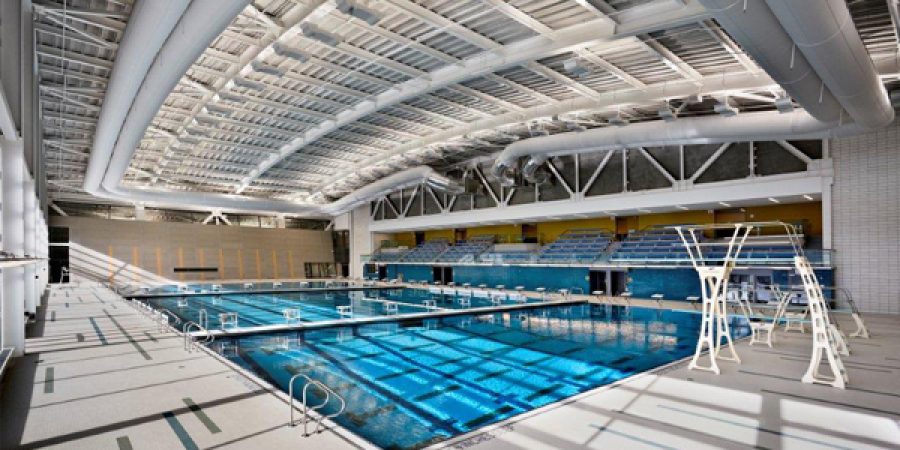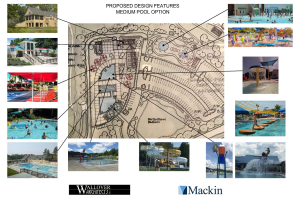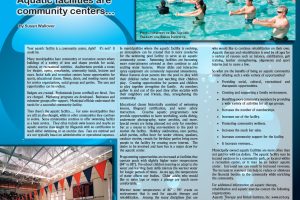Safety is paramount in aquatic facility design and operation. Over the years, safety standards have evolved significantly, driven by technological advancements, regulatory changes, and a deeper understanding of risk management. This evolution ensures that aquatic facilities provide a secure environment for all users.
1. Technological Advancements Enhancing Safety
Modern technology plays a crucial role in improving safety:
-
Drowning Detection Systems: AI-powered systems monitor swimmer behavior and alert lifeguards to potential emergencies.
-
Water Quality Monitoring: Automated sensors provide real-time data on chemical levels, ensuring optimal water quality and reducing health risks.
2. Regulatory Changes & Compliance
Ensuring aquatic facilities meet the latest safety regulations is critical. Over the years, agencies like the CDC, ANSI, and state health departments have introduced stricter guidelines to minimize risks.
Virginia Graeme Baker Pool & Spa Safety Act (VGBSSA): Enacted in 2008, this law requires anti-entrapment drain covers and additional safety measures to prevent suction entrapment.
Model Aquatic Health Code (MAHC): Developed by the CDC, the MAHC provides science-based guidelines for pool water quality, safety, and facility operations.
ADA Compliance: Ensuring accessibility for individuals with disabilities, including pool lifts, zero-entry designs, and safety railings.
3. Facility Design for Maximum Safety
Modern aquatic facility architecture incorporates features that enhance swimmer safety and minimize risks:
Slip-Resistant Surfaces: Reducing fall hazards in wet areas.
Shallow Play Areas: Ensuring safe spaces for children with gradual depth transitions.
Emergency Exits & Signage: Clear directional signage and strategically placed exits enhance emergency preparedness.
Lifeguard Stations & Sightlines: Well-positioned lifeguard chairs ensure unobstructed views of swimmers.
4. The Role of Staff Training & Safety Protocols
Even with state-of-the-art safety measures, proper training and operational protocols remain essential:
Lifeguard Certification Programs: Ensuring staff members are trained in CPR, first aid, and emergency response.
Daily Safety Checklists: Regular inspections of drain covers, chemical levels, and deck conditions.
Facility Maintenance & Upkeep: Preventative maintenance reduces the risk of mechanical failures and hazards.
Case Study: Implementing Safety Best Practices in a Modern Aquatic Facility
At Wallover Architects, we have worked on numerous aquatic facility projects where safety was a top priority. One example is the Flushing Meadows Corona Park Pool & Rink, designed with anti-entrapment features, ADA accessibility, and lifeguard-friendly sightlines. This facility demonstrates how thoughtful design and adherence to safety standards can create a secure and enjoyable swimming environment.
Read more about the project here.
Building Safer Aquatic Facilities for the Future
Safety standards will continue to evolve as technology advances and new best practices emerge. At Wallover Architects, we integrate the latest safety innovations into our designs, ensuring compliance with regulations and a secure experience for all users.


Let’s design an aquatic facility that prioritizes safety, efficiency, and community well-being!




